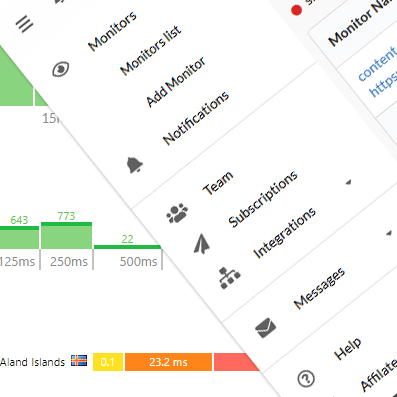Undersea Cable Disruption Impacts African Internet Access
The internet, the lifeblood of modern communication and commerce, experienced a significant disruption on March 14th, 2024, affecting a vast swathe of Africa. This outage, caused by large-scale cuts to undersea fiber optic cables along the west coast of the continent, resulted in widespread internet connectivity issues for millions of users. From bustling city centers to remote rural communities, the disruption brought daily life to a halt, highlighting Africa’s growing dependence on a stable and reliable internet connection. The economic impact was swift and severe, with businesses experiencing lost productivity and communication breakdowns hindering cross-border trade. Social media platforms, a vital source of news and information for many Africans, fell silent, leaving a sense of isolation and disruption in their wake.
Undersea fiber optic cables are the backbone of global internet connectivity. These high-bandwidth cables transmit vast amounts of data across vast distances, forming the physical infrastructure that underpins our online world. On March 14th, multiple undersea cables, including critical routes like the West Africa Cable System (WACS), South Atlantic-3 (SAT-3), MainOne, and Africa Coast to Europe (ACE), experienced disruptions.
The exact cause of the cable cuts remains under investigation, with possibilities ranging from accidental damage by ship anchors to unforeseen technical malfunctions. Regardless of the cause, the consequences were immediate and substantial.
The impact of the undersea cable cuts was felt across Africa. West and Central African nations bore the brunt of the disruption, with countries like Senegal, The Gambia, Guinea, Liberia, Côte d’Ivoire, Benin, Ghana, and Burkina Faso experiencing severe outages. Even South Africa, located on the opposite end of the continent, was not immune, with internet service providers like Vodacom reporting connectivity issues.
For many Africans, the internet has become an indispensable tool for communication, education, and economic activity. The outage significantly hampered these daily functions. Communication channels like email, social media platforms, and messaging apps became unreliable or inaccessible. Businesses that rely on online services for transactions, customer interaction, and remote work faced significant disruptions. Educational institutions that have increasingly adopted online learning platforms were forced to suspend virtual classes.
The impact extended beyond Africa’s borders. With many international internet routes routed through the affected cables, global users experienced increased latency and potential connection issues when communicating with individuals or businesses in Africa.
News of the cable cuts sent shockwaves through the telecommunications industry. Service providers immediately launched repair efforts, with teams dispatched to locate and rectify the damage. The intricate nature of undersea cable repairs, often requiring specialized ships and equipment, meant that restoration would be a time-consuming process.
Internet traffic rerouting became a crucial strategy during the outage. Service providers redirected data flow through alternative routes, albeit with potentially lower capacities, to mitigate the impact on users.
Thankfully, due to the efforts of technicians and the redundancy built into global internet infrastructure, a gradual restoration process began. Within a few hours, some users in West Africa began to see a return of internet connectivity. However, for others, particularly those in Liberia, the outage persisted for a much longer duration.
By March 15th, most regions reported significant improvements in internet access, with service providers working diligently to fully restore normal operations.
The March 14th undersea cable disruption served as a stark reminder of Africa’s dependence on a limited number of critical infrastructure points. While the continent has made significant strides in recent years in expanding internet access, the overreliance on a few key cable routes exposes vulnerabilities.
Diversification of internet infrastructure is a crucial lesson gleaned from this event. Investing in additional undersea cables and exploring alternative connectivity options, such as satellite internet, can create a more robust and resilient internet ecosystem in Africa.
Furthermore, the outage highlights the importance of redundancy within national and regional networks. By establishing backup pathways for data transmission, service providers can minimize the impact of future disruptions.
Collaboration between governments, telecommunications companies, and technology giants is essential to achieve these goals. Joint efforts can foster investment in infrastructure development, promote knowledge sharing, and establish best practices for network maintenance and disaster recovery.
The March 14th outage may have been a significant setback, but it also presents an opportunity for Africa to strengthen its internet infrastructure and build a more resilient digital future. By prioritizing diversification, redundancy, and collaboration, the continent can ensure that its internet connectivity remains stable and accessible for all.
In conclusion, the undersea cable disruption that unfolded on March 14th, 2024, serves as a case study in the importance of robust and diversified internet infrastructure. The widespread impact on African users underscores the need for continued investment and collaboration to build a more resilient digital future for the continent.
